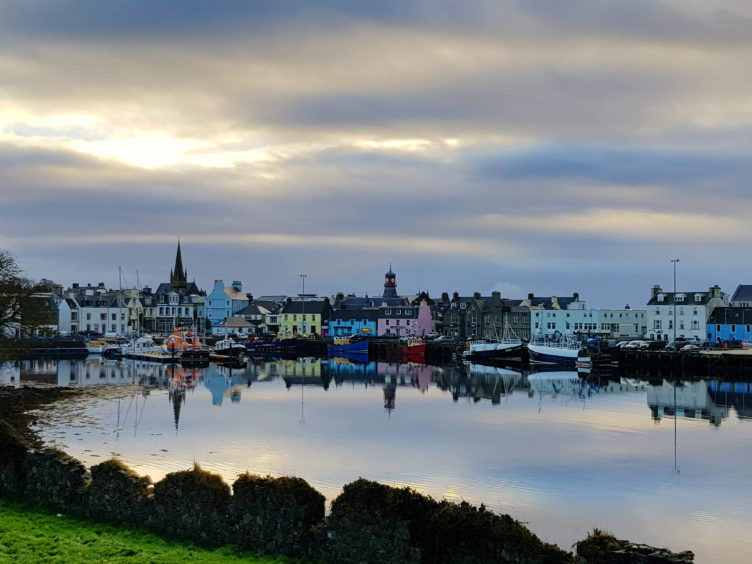
The 20 year saga of connecting – or not connecting – the Western Isles to the National Grid via a subsea cable across the Minch has taken a new and dramatic turn which should surely change the terms of the debate.
For the past 40 years, the islands’ link with the grid has been maintained with the aid of a subsea cable between Skye and Harris. As this column noted recently, a consultation is currently taking place on upgrading this connection’s land-based element, from Invergarry through Glen Quoich and onwards to Skye.
So what’s new? Quite simply, the fact that the subsea cable has failed. According to Scottish and Southern Energy (SSE), it could be out of action for up to a year pending total replacement. The problem exists at a depth of 100 metres in mid-channel. This is no small matter in terms of either logistical challenge or cost, put at tens of millions.
Lewis and Harris was hit with a power-cut when the cable went bust a fortnight ago. Within a few hours, the stand-by generator in Stornoway kicked in and power was restored. That station has been maintained since the link to the National Grid was created and occasionally pressed into service when problems occurred with the connection, usually on land rather that at sea.
This is now a major security of supply issue for Lewis and Harris. For the next year or more, the islands’ electricity supply is dependent on an old and environmentally extremely unfriendly diesel-power station.
The Western Isles have until now been lucky. The Skye-Harris link has been reliable. Look, in contrast, at the Moyle interconnector which has linked Northern Ireland with Great Britain since 2002 and has been subject to repeated outages. The difference is that nowhere is wholly reliant on that cable.
It takes me back to the case for the much larger interconnector scheme linking the islands to the grid which has been held back for so long. The driving force behind that project is the ability to export renewable power from the islands rather than as an importer. But inter-connectors work in both directions, so the case is not now just about generation but also security of supply.
The balance of argument against the interconnector – which would release the islands’ potential for power that currently has no place to go – is already fine, even in the view of the regulator, Ofgem, which has to approve the investment.
Last year, that case was made successfully for Shetland but not, rather oddly, for the Western Isles. Ofgem rejected proposals for a 600MW cable linking Lewis to the Wester Ross mainland on the basis that demand for that scale of capacity was unproven.
However, Ofgem said it would support a 450MW cable, or even a 600MW link but at a reduced cost. It said this would “more appropriately” protect consumers throughout the UK from the risks of funding “a potentially significantly underutilised link”.
At that time, SSE said it could reduce the estimated cost of a 600MW link from £662.9m to £623.8m, and the 450MW cable from £616.8m to about £596m. So the margins of acceptable/unacceptable cost were not great. But that is no longer the whole story. How much extra is security of supply worth?
The reason for Ofgem’s caution, whether justified or not, was that only two of the proposed Lewis wind farms had won subsidy through the Contract for Difference scheme. The largest one, the Stornoway wind farm, had not. However, the two which succeeded in the auction are now stranded assets in the absence of an interconnector.
This confirms just how capricious a process the islands have long been caught up in. Without an interconnector there can be no projects and without a sufficiency of projects, in the eyes of Ofgem, there can be no interconnector. This conundrum could go on for ever before the stars align in favour of anything actually happening.
I believe that the whole issue should now be reviewed. It needs political input to recognise the “security of supply” issue and cut through the ping-pong between Ofgem and SSE, neither of which are elected by anybody to make these critical decisions.
Inherent in Ofgem’s comments last year, there is agreement that the vast majority of the cost of an interconnector could be justified by renewables generation. There is now the inescapable fact that security of supply has been called into question by recent events.
Put these two statements together and there is an unanswerable case for bridging the gap and funding the interconnector which would, at the same time, transform the economic prospects for the islands as a whole.
Brian Wilson is a former UK energy minister
Recommended for you
